*A standard Yuzushu recipe can be found at the bottom of the article.
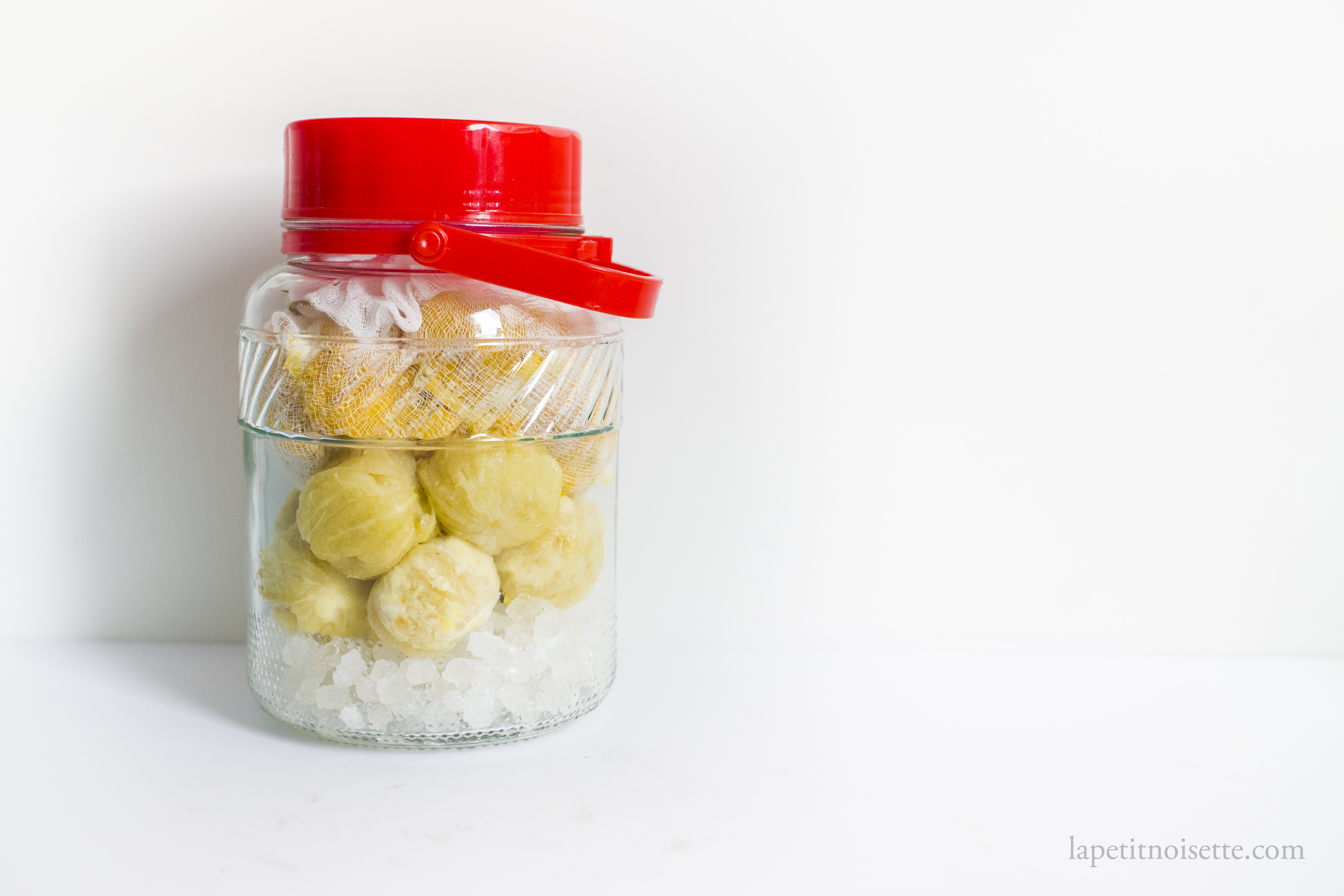
Compared to the other standard recipes for Japanese steeped liquors that you’d find on the internet, I usually try for something slightly different on my blog that still adheres to traditional technique. For this recipe of yuzushu (ゆず酒), the inspiration came from the famous sweet-wines of bordeaux, sauternes, especially Château d’Yquem and Château de Fargues. Characterised by it’s sweet honey-like profile with balanced acidity, I immediately thought about it’s similarity to Yuzu fragrant acidic profile and how you could substitute the sugar with Honey to slightly mellow out the acidity.
For many wine enthusiasts out there, Château d’Yquem stands above other famous sweet-wine producers in the region, and is classified as such- a superior Premier Cru compared to the other Premier Crus or Deuxièmes Crus, with an impressive price tag to match. Whilst Chateau Coutet remains my favourite sauterne producer, some say that the defining feature of wine produced by Château d’Yquem is the saffron-like notes you get in their wines.
Sadly, Château d’Yquem was bought by the French company Moët Hennessy – Louis Vuitton (LVMH) after a lengthy legal battle with Comte Alexandre de Lur-Saluces who ran the family owned company at the time. The Comte did not want to sell his stake in the company to LVMH but after a few years of legal dispute, they finally reached an agreement. This resulted in the Comte turning to run his other family owned winery, Château de Fargues. I was lucky enough to meet Comte himself at Château de Fargues whilst studying at Oxford as well as having the opportunity to taste his wines. Interestingly enough, the Comte seems to have worked his magic on the wines there as well, and you can occasionally taste the whiff of saffron in their wines as well, and for a much more affordable price indeed. The quality of Château d’Yquem has not dropped about it’s acquisition by LVMH, but it has since become more of a luxury collector’s item rather than wine for drinking, so whilst they still warrant their legendary status in the wine world, I personally do not find appealing the fact that it has just become another asset in a large conglomerate’s portfolio.
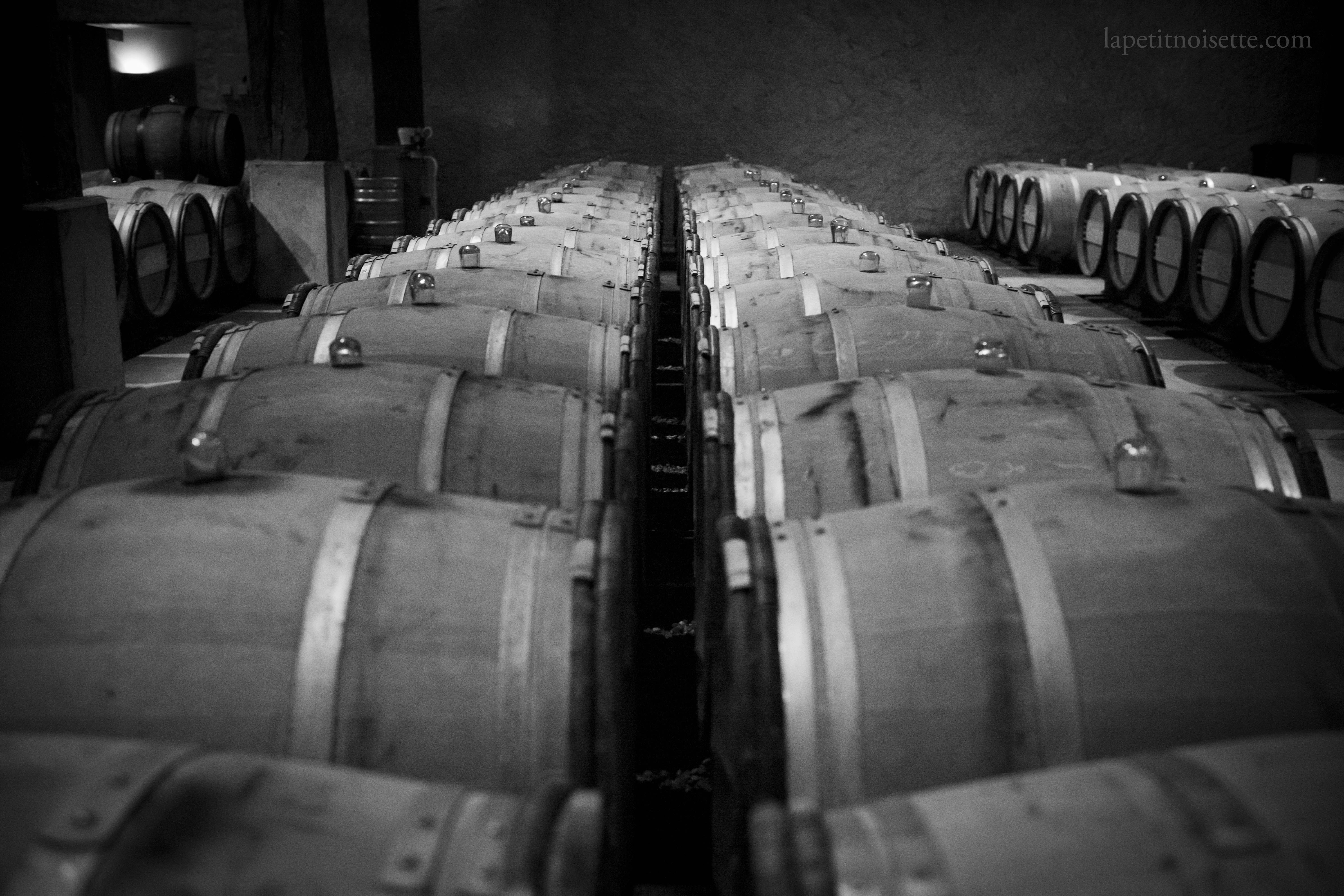
My favourite memories of drinking sauternes are paired with a delicious French tart tatin and I was initially thinking of a recipe for saffron tart tatin. However, I ultimately decided with the combination of a saffron and honey yuzu liqueur but one day I’ll publish a similar recipe using Japanese quinces.
The base recipe for making Japanese yuzu liquor or yuzushu (ゆず酒) here, has a number of key steps that should be followed to ensure that the yuzu taste you get is as fragrant and refreshing as possible, as the pith, seeds and skins have a tendency to impart bitterness into the wine.
Unlike umeshu which uses whole Japanese plums, you want to peel the skin from the yuzu before steeping them in alcohol, as well as remove any pith from the skin of the yuzu, which is the most bitter part of the fruit. The skins however, still contain the most aromatic oils that you’d want to extract, and thus they are still added into the wine but removed after 7 to 10 days. The steeping times of the yuzu fruit is also significantly shorter compared to the plums, as over soaking the fruit may cause the bitterness to be extracted from the seeds within the fruit.

When used as a sweetener in cooking or drinks, you can substitute sugar for honey in a 1 to 1 ratio, but in fact, honey is actually sweeter than sugar due to its higher proportion of fructose and this difference should therefore be accounted for when using honey in large quantities as for this recipe. Honey also does not dissolve overtime into the alcohol like rock sugar does, and so I recommend mixing the honey into the alcohol before adding the fruit. It also allows you to taste the sweetness of the alcohol before adding in the yuzu fruit and adjust it to your taste. Yuzu, like lemons, has little to no sweetness and thus if you make the base liquor to your desired level of sweetness, you can be sure that even if the acidity lowers the overall sweetness perception, your liquor will never be overly sweet.
If you don’t want the taste of honey in the yuzushu to be overpowering, you can use a mixture of rock sugar and honey which is my personal preference, but it doesn’t allow you to determine the sweetness beforehand. So using 100% honey is recommended if you want to be sure about the final sweetness of the yuzushu, which I do not use here. If using 100% honey, simply multiply the weight of sugar in the recipe by 0.75.
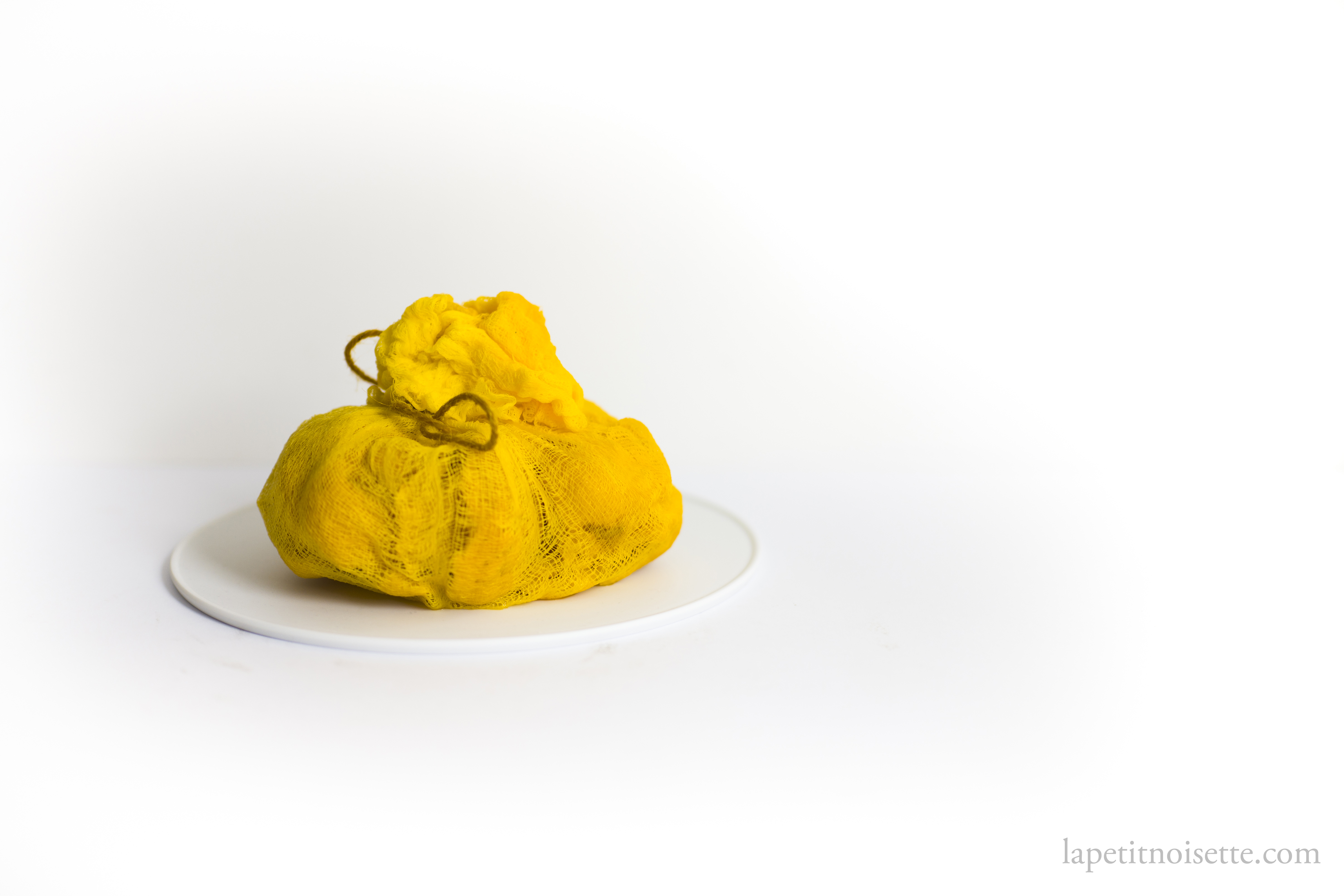
Some recipes recommend that the yuzu is removed from the wine after 3 months of maceration but I find 1 month good enough, with 3 months almost extracting too much harsh and bitter flavours. After removing it, the used yuzu and it’s peels can then be later made into marmalade to reduce waste. The liquor can then be kept almost indefinitely just like umeshu and slowly aged over many years. However, I personally feel that yuzu-shu is best drunk immediately or up to 2 years later.
When you remove the skins after a week, you’ll realize they occupy quite a lot of space relative to the actual liquor and so I top up the remaining space with the same proportion of alcohol and honey as there is still 3 weeks left for the skinless yuzu fruits to impart their flavour into the alcohol. I do not top up the liquor after removing the yuzu fruit as that would just dilute the liquor. This also reveals another interesting fact, which is that yuzu does not shrivel up and release as much juice as Japanese ume do and therefore does not dilute down the final alcohol percentage as much. Therefore, it’s probably safer to use a lower than 35% alcohol spirit for this recipe and still be safe, though I’m not sure how much lower you can go.
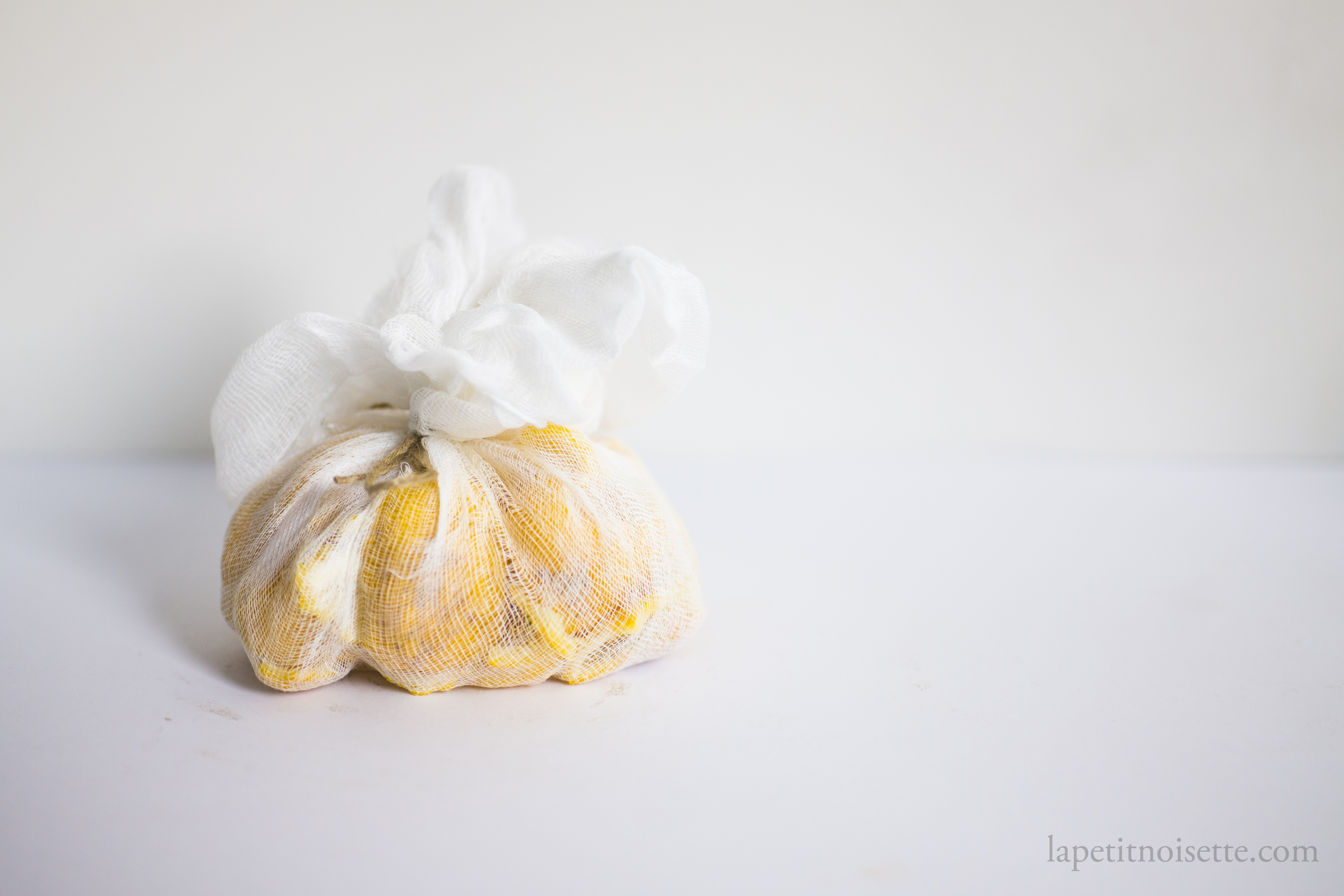
Yuzushu with Honey and saffron (はちみつとサフラン柚子酒の作り方)
*My recipe design is fairly sweet as I prefer to drink it on the rocks. If you want to drink it straight, you might prefer reducing the amount of sugar or honey.
- 3L sized glass jar (do not use plastic or metal)
- An empty tea bag
- Muslin cloth and string
- 1.8 litre of neutral fruit liquor or any alcohol at 35% ABV
- 50ml of the same alcohol to sterilize the jar.
- 1.2kg yuzu
- 200g of rock sugar
- 350g of honey
- 2g saffron
For the top-up after removing the yuzu peel
- 100g of rock sugar
- 150g of honey
- 1 litre of neutral fruit liquor at 35% ABV
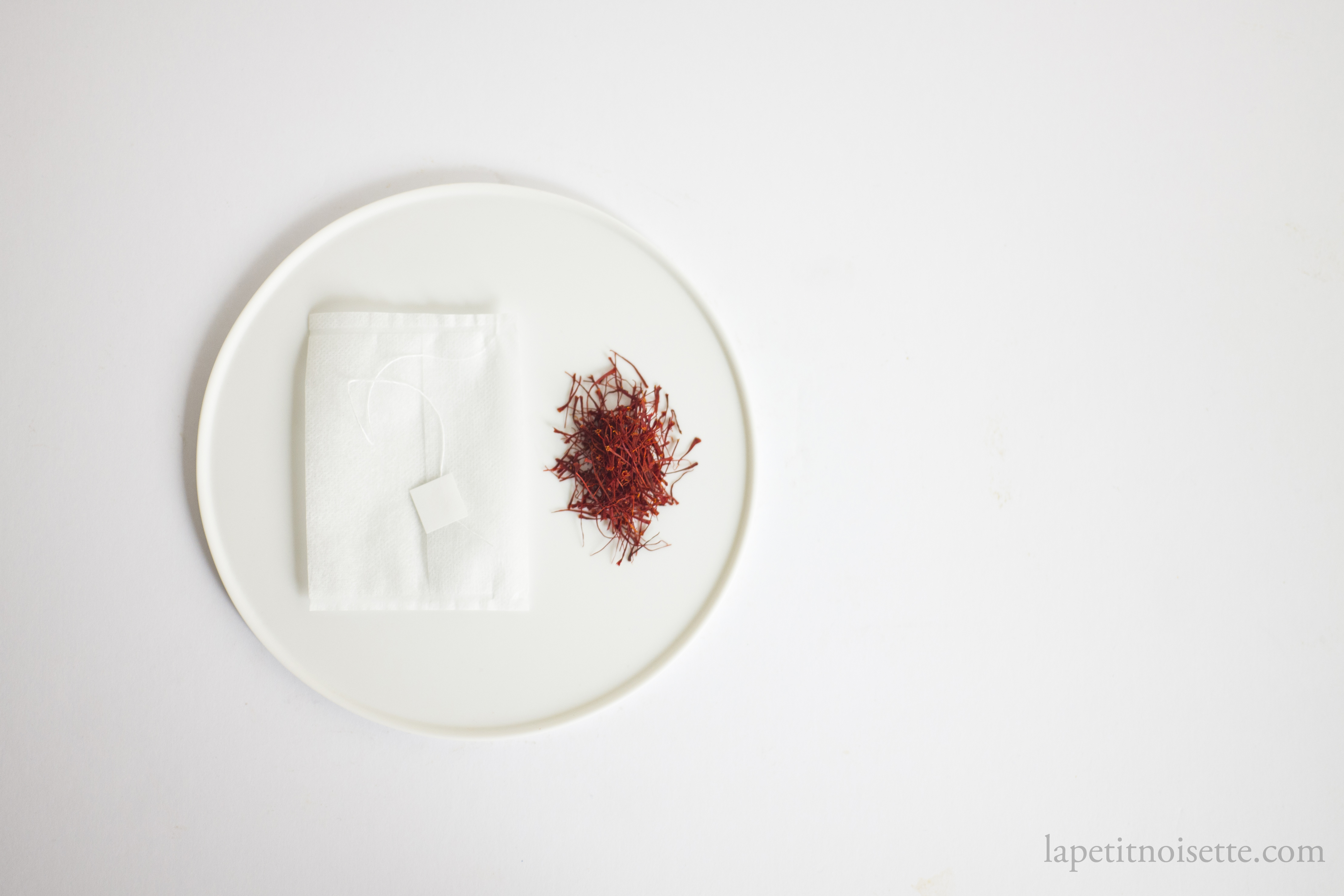
- Check the quality of each individual fruit before using, and discard any that may be starting to rot (usually at the stems) or any that are soft and squishy to the touch. Some of the yuzu fruits may have brownish blemishes on them where the fruits were pierced by the thorns of their tree. These fruits are alright to use, just discard that bit of skin when using the fruit.
- Wash the yuzu in water to clean the skin of the fruit.
- Use a toothpick or the tip of a knife to gently remove the stem of the yuzu.
- Pour the 50ml of alcohol into the jar and swish it around with the lid on to sterilize it before discarding the alcohol. Alternatively, if your jar is heatproof, you can pour hot water into it to sterilize it.
- Peel the yuzu like an orange to keep the fruit in one whole piece.
- Using a spoon, scrape off as much of the white pith on the peel as you can. You can also pluck and remove any white pith from the fruit.
- Wrap all the pith in one large piece of muslin cloth and tie it together with string at the top.
- Add the saffron to the empty tea bag and seal the tea bag.
- Dissolve the honey into the 1.8L of alcohol.
- In the jar, layer the yuzu fruit and rock sugar alternatingly.
- Add the muslin bag of yuzu peel on top of the yuzu fruit, and the saffron tea bag on top of the peel.
- Fill the jar with the alcohol and honey mixture, making sure the yuzu peel and saffron are submerged in the alcohol. If there is any leftover mixture, you can reserve it to top up the jar when you remove the peel.
- Close the lid and leave in a cool place for a week before removing the bag of peel. The peel can be frozen without the muslin cloth and used to make a marmalade.
- Top up with the additional rock sugar, honey and alcohol mix.
- Allow to macerate for an additional three weeks before straining out all the fruit, the saffron bag and any bits of yuzu. If not all the rock sugar has dissolved at this point, you can taste the liquor, and if it’s sweet enough, strain out the remaining rock sugar. If you want it sweeter (to drink with ice or cocktails etc), add back the strained rock sugar.
This liquor will last almost indefinitely if kept out of sunlight but becomes more caramelized in taste over time. If you enjoy the taste of fresh citrus yuzu, the yuzushu is best consumed in 1 year.
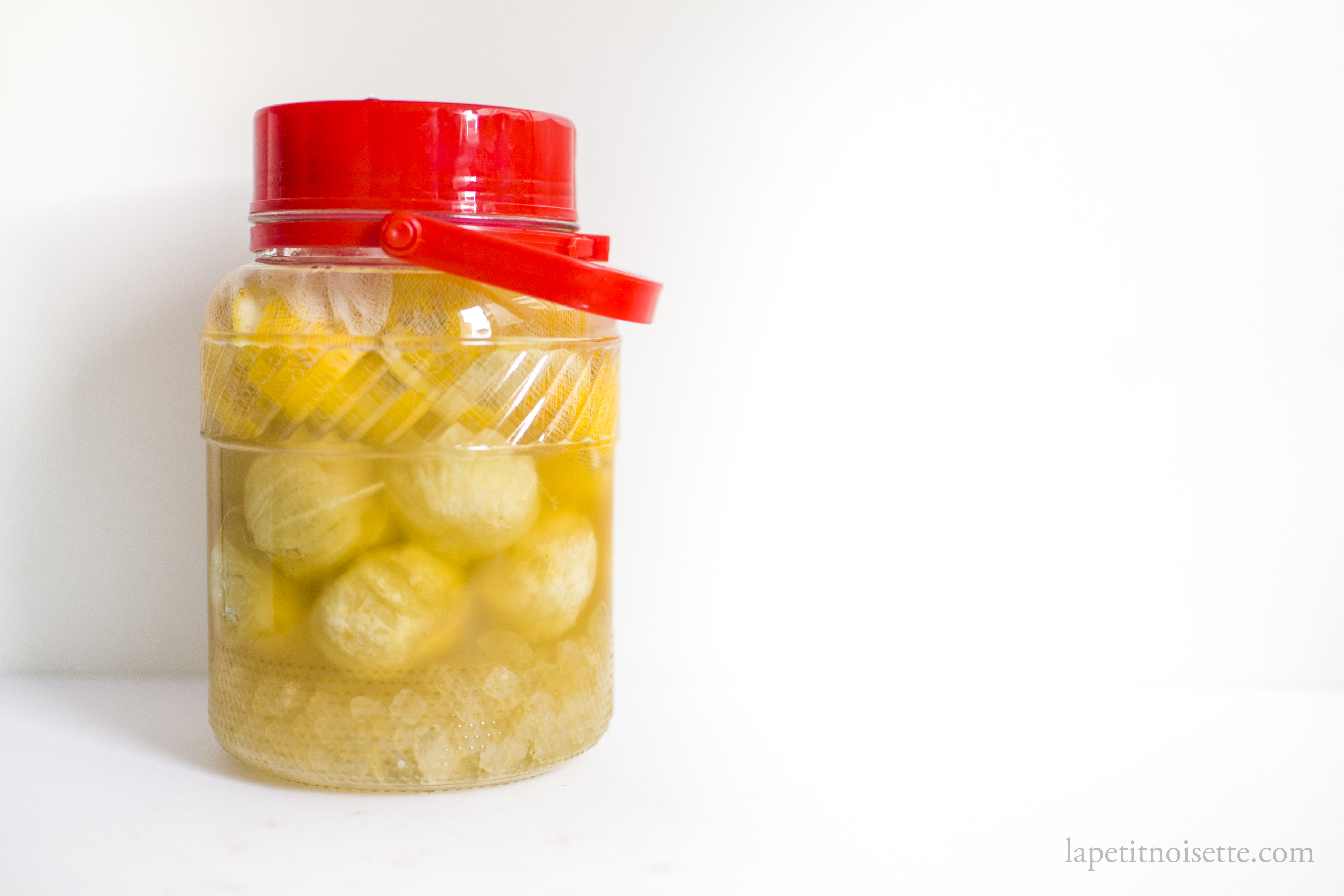
Yuzushu Recipe (柚子酒の作り方)
*This is the basic standard Yuzushu Recipe
- 3L sized glass jar (do not use plastic or metal)
- Muslin cloth and string
- 1.8 litre of neutral fruit liquor or any alcohol at 35% ABV
- 50ml of the same alcohol to sterilize the jar.
- 1.2kg yuzu
- 500g of rock sugar
- Check the quality of each individual fruit before using, and discard any that may be starting to rot (usually at the stems) or any that are soft and squishy to the touch. Some of the yuzu fruits may have brownish blemishes on them where the fruits were pierced by the thorns of their tree. These fruits are alright to use, just discard that bit of skin when using the fruit.
- Wash the yuzu in water to clean the skin of the fruit.
- Use a toothpick or the tip of a knife to gently remove the stem of the yuzu.
- Pour the 50ml of alcohol into the jar and swish it around with the lid on to sterilize it before discarding the alcohol. Alternatively, if your jar is heatproof, you can pour hot water into it to sterilize it.
- Peel the yuzu like an orange to keep the fruit in one whole piece.
- Using a spoon, scrape off as much of the white pith on the peel as you can. You can also pluck and remove any white pith from the fruit.
- Wrap all the pith in one large piece of muslin cloth and tie it together with string at the top.
- In the jar, layer the yuzu fruit and rock sugar alternatingly.
- Add the muslin bag of yuzu peel on top of the yuzu fruit.
- Fill the jar with the alcohol, making sure the yuzu peel is submerged in the alcohol. If there is any leftover mixture, you can reserve it to top up the jar when you remove the peel.
- Close the lid and leave in a cool place for a week before removing the bag of peel. The peel can be frozen without the muslin cloth and used to make a marmalade.
- Allow to macerate for an additional three weeks before straining out all the fruit, the saffron bag and any bits of yuzu. If not all the rock sugar has dissolved at this point, you can taste the liquor, and if it’s sweet enough, strain out the remaining rock sugar. If you want it sweeter (to drink with ice or cocktails etc), add back the strained rock sugar.
- Store in a cool dark place.